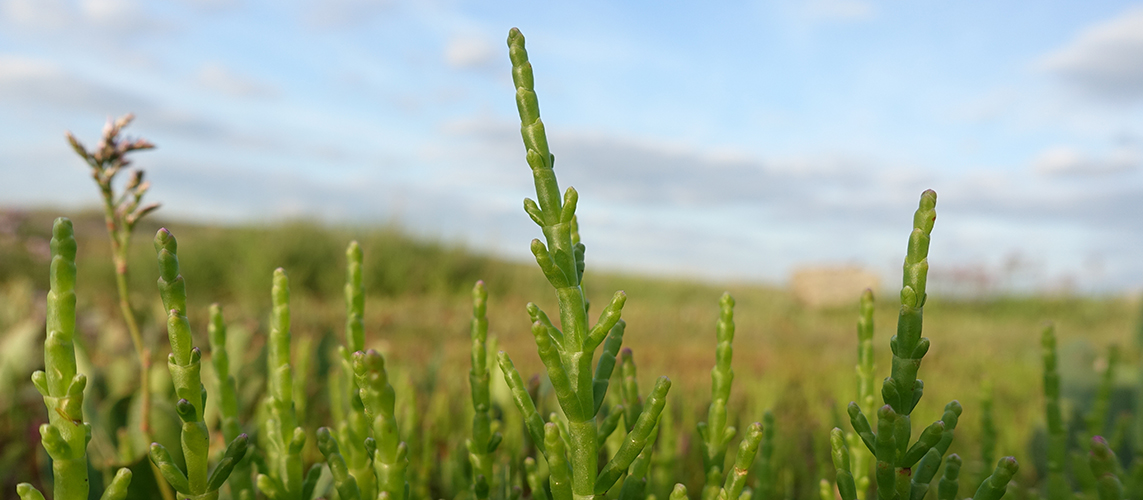
Frankie Galati carries on a potato-growing legacy
25 February 2019
New levy-funded report looks at the potential for commercialising native veg varieties
25 February 2019The research program VG15071 – Understanding consumer triggers & barriers to consumption of Australian Indigenous vegetables & Asian vegetables was designed to identify commercially viable Australian indigenous vegetables and Asian vegetables. It was also designed to determine those vegetables that hold the greatest appeal to Australian consumers and provide recommendations to lead to the greatest likelihood of success in the market.
A multifaceted approach was implemented to ensure knowledge was built upon at each stage and the research objectives were met. This approach included a knowledge audit and review, a qualitative deep-dive, a quantitative validation, sensory optimisation and an action plan for opportunities and recommendations.
The key outputs from the research program include the identification of commercially available Australian Indigenous vegetables and Asian vegetables that hold the greatest appeal to consumers, recommendations to increase purchase and consumption of these vegetables, and optimisation of breeding programs and postharvest production to ensure greatest long term market success.
The outcomes of this research will inform the fresh vegetable industry on size of the opportunity for Australian Indigenous vegetables and Asian vegetables and provide strategies and create platforms that Australian growers can harness to help ensure the greatest return on investment, and ultimately, profitability.
Through this research program Colmar Brunton (CBR) was able to identify that there is a great opportunity and much potential around commercialising and expanding the distribution of both Asian and Indigenous vegetables in the Australian market. A large proportion of consumers are attracted to the idea of purchasing these unique vegetables. There were 20 vegetables evaluated in total (11 Indigenous vegetables, 9 Asian vegetables).
At an overall perspective, CBR has highlighted key insights and recommendations regarding both Asian and Indigenous vegetables:
- Availability: The prevalence of these vegetables should be encouraged and facilitated in Australian Food Service and Manufacturing based on relevant consumer trends of functional health, provenance and Indigenous ingredients. This should lead to a greater consumer demand and broader availability in retail.
- Naming convention: Trial and entry to repertoire will be aided by appealing names such as those that describe the sensory experience (Sweet Mild Radish) or clarify the origin (Australian Grown Gai Lan).
- Education & Familiarisation: Consumers have limited knowledge when it comes to some of the vegetables. Information regarding the expected taste and texture, as well as cooking styles and recipes will be essential. Comparing the vegetable to similar tasting vegetables (i.e. Kulyu, like Sweetpotato) will lift consumer confidence around incorporating them in their cooking.
- Communicating Unique Health Benefits: Highlighting the health and nutritional benefits of each vegetable is congruent with health trends and provides a strong reason for purchase beyond current vegetable repertoires.
- Reaching Younger Consumers: Consumers aged 10-25 were highly engaged with these Indigenous and Asian vegetables, found them appealing and expressed the desire for them to be purchased. However, this study reveals that parents are potentially acting as gate keepers, more reluctant to purchase new vegetables for themselves and their family. Further research should be conducted into understanding this barrier to children’s vegetable consumption.
Further focus and investment on the above recommendations will undoubtedly assist in the health of our vegetable industry in Australia as well as the health of everyday Australians.
